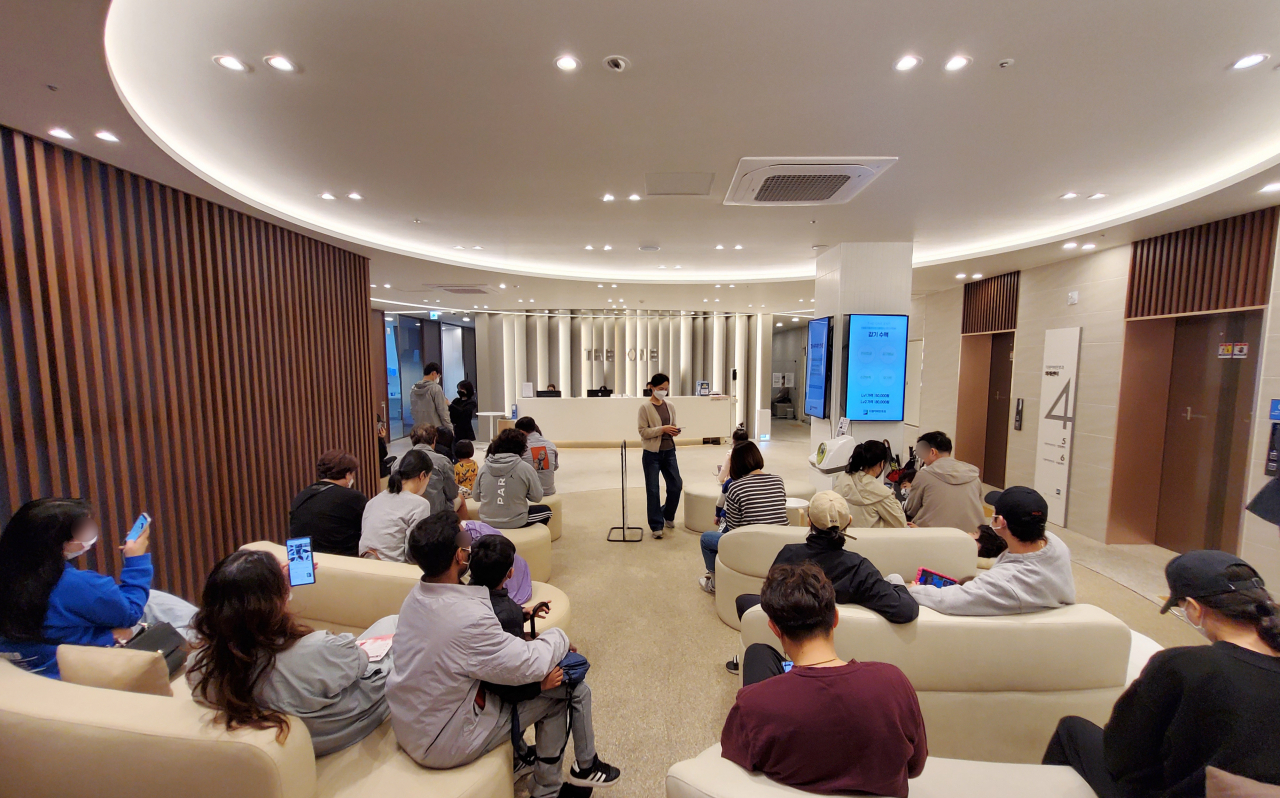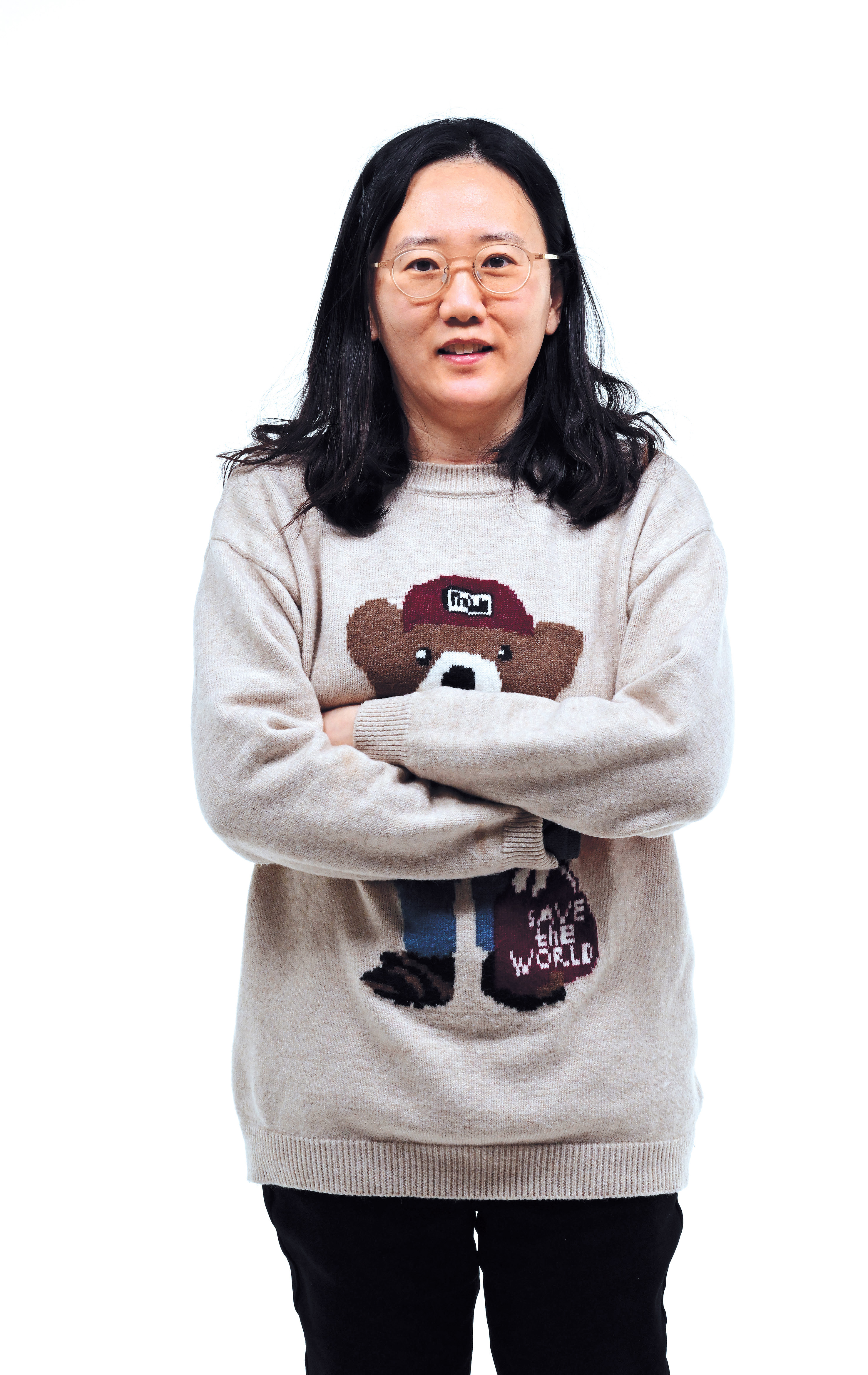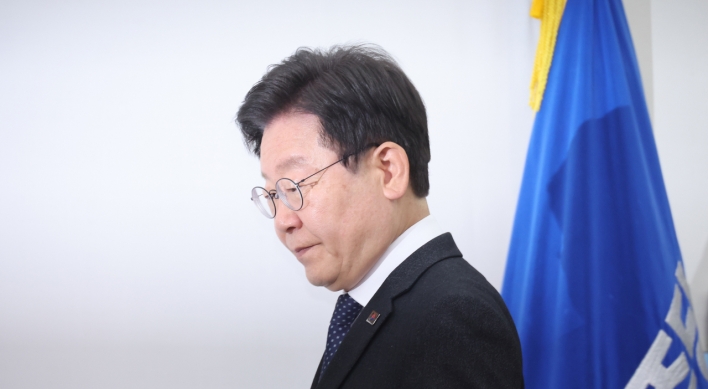Lopsided doctor supply and demand clouds future of health care
Despite rising obsession with medical profession, key specialties suffer from chronic shortage of doctors
By Kim So-hyunPublished : May 8, 2023 - 14:35

Early this year, a 45-year-old former office worker became well known for enrolling at a provincial university’s medical college to learn with classmates less than half his age.
He quit SK, his employer of 17 years, and took the annual college entrance exam called Suneung three times to become a medical student.
A YouTube video of him sharing how he studied for the test garnered millions of hits. Appearing on a television show, the man surnamed Kwak said he started thinking about pursuing a career with no retirement age after his daughter was born when he was 41 years old.
Kwak's story is just one of the many that highlight the extreme pursuit of the medical license in South Korea, where the top 20 departments across all universities with the highest cutoff points for admission are all departments of medicine.
Due to a widespread and uniform belief that medicine is the most stable and promising career with the least regret among students, countless young Koreans spend years striving to get admitted to a medical college.
According to a recent inquiry, 77.5 percent of successful applicants to medical colleges nationwide through regular admissions -- one of the two main pathways for college admissions along with early admissions -- in the past four years had taken Suneung twice or more.
High school seniors who lose the race for medical college to these retakers often become retakers themselves.
High schools for gifted students aimed at fostering scientists and engineers require students to write notes that they will not apply for medical college, but some still do at the cost of returning all the scholarships they received.
There are hagwons, or cram schools, that run “medical college prep” classes for elementary schoolchildren.
Ironically, despite the flood of prospective medical students, South Korea suffers from a major shortage of doctors in vital specialties such as pediatrics and cardiothoracic surgery.
In March, a teenaged girl who hurt her head and ankle after falling from a four-story building in Daegu died of cardiac arrest in the ambulance two hours later because no hospital emergency rooms in the city had enough doctors to treat her.
In August last year, a nurse at the Asan Medical Center in Seoul died of a cerebral hemorrhage because there was no doctor on duty who could perform a craniotomy at the time.
On the other hand, it’s easy to spot on the streets “pain management” clinics that offer nonsurgical treatments for pain relief. There are also many aesthetic skin clinics that offer various laser treatments, botox injections, body slimming and skin lifting procedures, among others.
Medical specialties like dermatology, ophthalmology, plastic surgery, orthopedics, rehabilitation medicine and radiology are highly sought after for their lucrative business prospects and better work-life balance for the practitioners. Meanwhile, pediatrics, cardiothoracic surgery, general surgery, obstetrics and gynecology suffer from a severe shortage of doctors.
Yoon In-mo, a plastic surgeon and professor at Seoul St. Mary’s Hospital, says even doctors fear that they won't be treated in time if they fall sick in the near future.
"We'll just have to die, we say," he said in a YouTube video.
In the recruitment of medical residents for the first half of this year, 38 of the nation’s 50 university hospitals with a pediatrics department couldn’t get a single applicant in pediatrics.
In addition, hospitals in the provinces have long struggled to recruit doctors.
Even after putting up a bumped annual pay offer of 400 million won ($302,000) and widening the eligibility earlier this year, it took months for the Sokcho Medical Center in Gangwon Province to hire three ER doctors.
At a national psychiatric hospital in Chuncheon, the in-patient care unit has been closed since January because its only specialist left for another hospital.
“It’s not surprising that doctors are not applying for a job at a provincial hospital despite the annual salary of 400 million won before taxes,” said another plastic surgeon who runs a clinic in Seoul’s Bangbae-dong, Seocho-gu. After taxes and other deductions, an annual salary of 400 million won comes down to a little over 20 million won in monthly net income.
Hired plastic surgeons get paid over 20 million won a month after taxes in southern Seoul, he said.
The cash cows of the favored specialties are treatments that are not covered by the national health insurance, for which doctors can set the fees. They include skin care procedures, LASIK or LASEK eye surgeries and cosmetic surgeries.
As for specialties which deal directly with human lives such as internal medicine, general surgery, OB-GYN and pediatrics -- much of the treatments fall within the national insurance system. Private clinics specializing in these fields make less money as most of the fees are set by the government.
These areas are also more prone to medical malpractice lawsuits -- another reason they are less popular among doctors to pursue.
As a growing number of doctors choose the more profitable and less intense paths of opening aesthetics or pain clinics as general practitioners, the number of doctors sitting for state-administered exams to become specialists is on a steady decline.
In 2014, some 3,558 people sat for the exam, but the number plunged to 2,861 early this year.
The government has tried to increase the student quota of medical colleges, the combined quota of which has remained at 3,058 for the past 18 years. However, the medical community insists that a quota increase won't solve the problem, as the concentration in certain fields will continue under current circumstances.
A consultative group consisting of members of the government and the country's largest physicians' group called the Korean Medical Association is discussing pending medical issues such as adjusting the medical college quota and institutionalizing online medical consultations.
Some doctors, including Yoon and Kwon Yong-jin, a professor at Seoul National University Hospital, are calling for establishing a medical academy that fosters doctors who are required to work as public officials.
"We need a system where only those who work at public hospitals after graduating (from these schools) can continue to practice medicine," Yoon said.




![[Herald Interview] 'Amid aging population, Korea to invite more young professionals from overseas'](http://res.heraldm.com/phpwas/restmb_idxmake.php?idx=644&simg=/content/image/2024/04/24/20240424050844_0.jpg&u=20240424200058)












![[KH Explains] Korean shipbuilding stocks rally: Real growth or bubble?](http://res.heraldm.com/phpwas/restmb_idxmake.php?idx=652&simg=/content/image/2024/04/25/20240425050656_0.jpg&u=)

